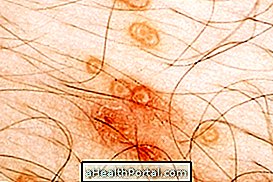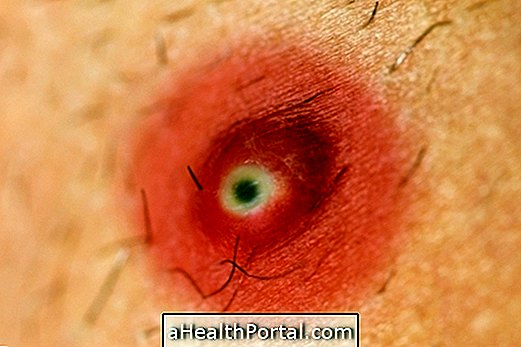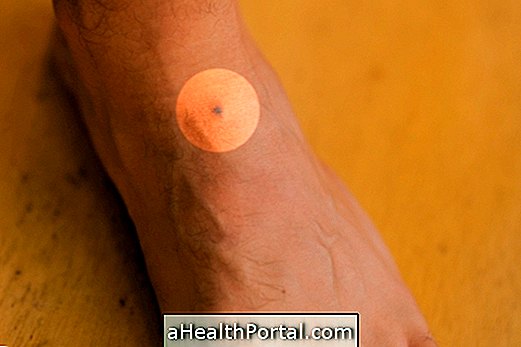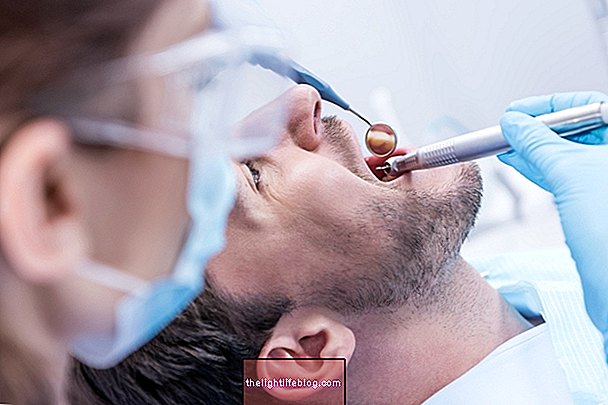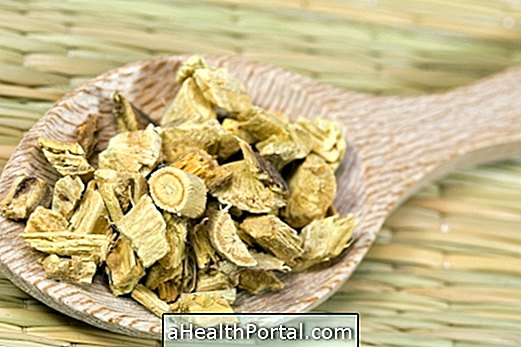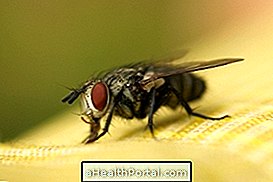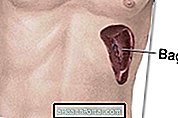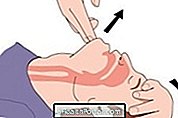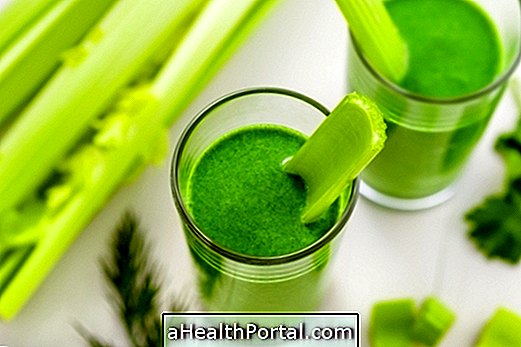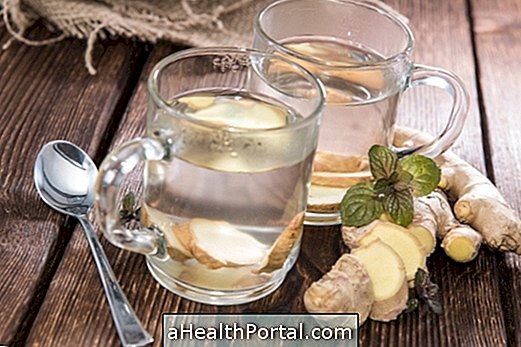The remedies indicated for the treatment of the white cloth are antifungal, like Ketoconazole, Selenium Sulfide, Itraconazole and Fluconazole, for example, prescribed by the general practitioner or dermatologist, in the form of gel, ointment or tablets.
The white cloth is a skin infection, scientifically called Pityriasis versicolor, caused by fungi, which causes white or brown spots and peeling of the skin. Here's how you can tell if this is the infection.
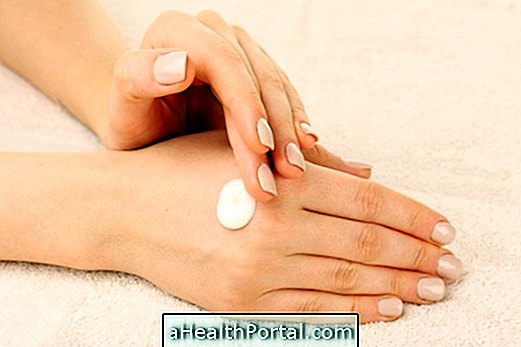
Ointment and other remedies for white cloth
There are several effective options for treating white cloth with remedies that can be used locally or in tablet form and should be prescribed by the general practitioner or dermatologist. The main ones are:
- Ointment or cream, such as ketoconazole or terbinafine base: used twice daily in the affected region until the lesions disappear;
- Aqueous solution, gel or shampoo, such as 20% sodium hyposulfite, 2% selenium sulfide, cyclopirox olamine and ketoconazole: it may be passed in the bath for 3 to 4 weeks;
- Tablet or capsule, such as itraconazole, ketoconazole and fluconazole: should be used for 5 days, 10 days or a single dose, depending on the medicine used and the doctor's recommendation for each case.
For white cloth to disappear faster, some skin care should be taken, such as avoiding to accumulate sweat or fat, keeping the place dry and not passing creams and greasy products.
Thus, skin improvement happens gradually, and in about 1 week a better look may be noticed, however, in some cases, different skin coloration may remain even after curing the infection.
Natural Treatment Option
Some natural remedies that can help cure the white cloth are, associate with the treatment, the use of sulfur soap or solution with baking soda and water as they have antifungal and antibacterial properties.
Another great option is to rinse the area with the tea leaf. Learn the recipe of how to make this home remedy for white cloth.



